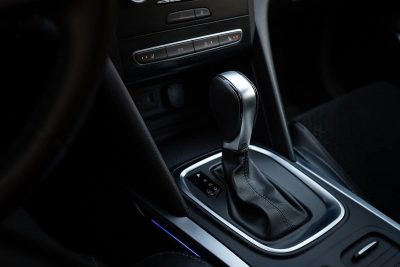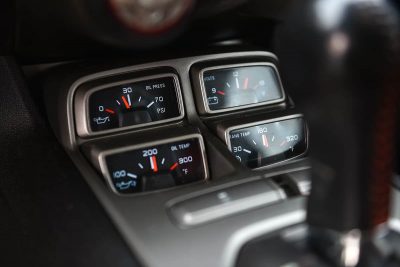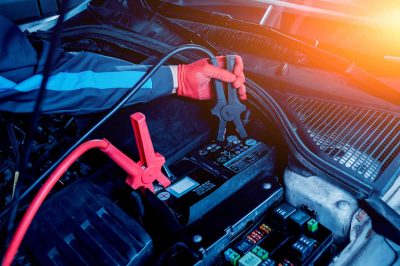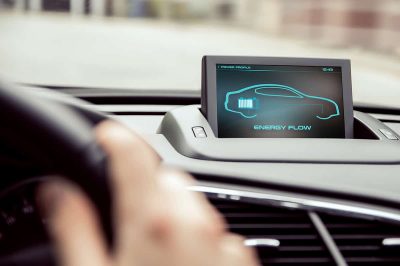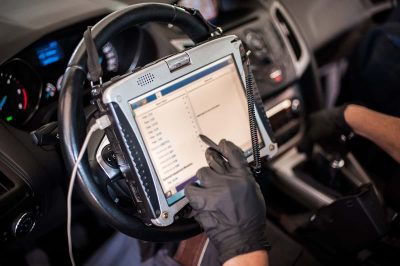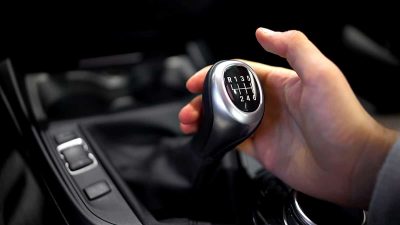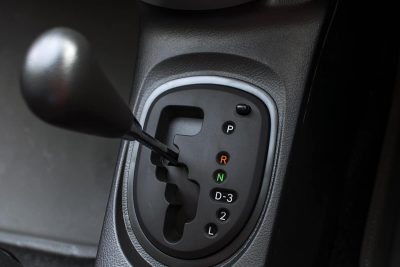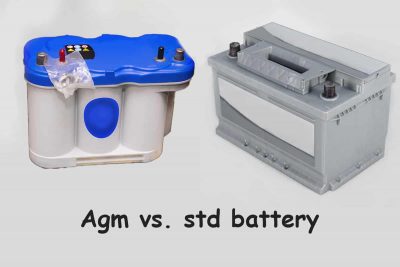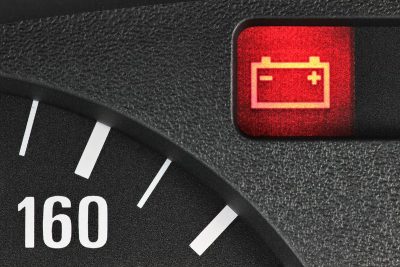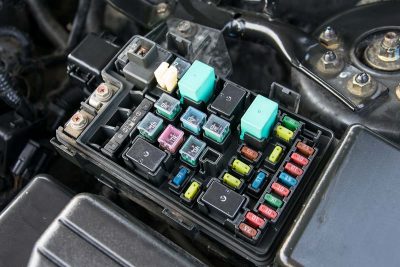Have you ever experienced a jumpy or jerky ride while driving your car? Do you feel like your vehicle struggles to change gears or fails to respond as it should? These symptoms might indicate a common problem called transmission slipping.
Automatic transmissions are a common feature in cars, allowing for smooth and convenient shifting between gears. However, you may notice your vehicle’s engine revving at high RPMs before shifting gears, which can be concerning.
The ideal temperature range for a transmission system is typically between 160-200°F (70-93°C) to ensure optimal performance and prevent overheating. Transmission temperature can vary depending on driving conditions, such as city driving, highway driving, or towing, which may cause the temperature to rise.
Many drivers must connect their car batteries frequently, particularly when their battery dies. For the protection of both the vehicle and the person working on it, it is essential to understand how to connect and disconnect battery terminals properly.
In most cases, you can drive for about 30 to 60 minutes with the battery light on before the vehicle loses power. However, this time frame depends on the specific issue affecting the charging system.
Cars nowadays come with complex electronic systems that are controlled by an onboard computer, also known as the Engine Control Module (ECM) or Powertrain Control Module (PCM). At times, you may need to reset the car computer to clear error codes, improve engine performance, or address other issues. Traditionally, this has been done by disconnecting the battery, but this method can lead to loss of presets and radio codes.
The transmission system of your vehicle is an integral part that ensures smooth functioning of your car. But what happens when you notice that the transmission is hot even when the engine is at idle? This issue can be alarming and may indicate a problem with your car that needs immediate attention.
Have you ever tried to drive your car and it won’t move even though you put it in gear? This is a big problem and can be scary too. It’s called a transmission problem and it can be frustrating and dangerous if you don’t fix it.
AGM batteries, or Absorbent Glass Mat batteries, are designed to provide superior performance compared to standard (flooded) batteries. They are maintenance-free, more resistant to vibrations, and offer a longer lifespan, making them a popular choice for many motorists.
In today’s world of technologically advanced vehicles, a reliable battery is essential for powering a myriad of systems and ensuring a smooth driving experience. However, one common issue that drivers may face is a battery discharge warning. This can lead to an array of problems, ranging from the inconvenience of a dead battery to potential damage to the vehicle’s electrical components.
The average weight of an EV battery is around 1,000 pounds, though some models may sport 1-ton batteries. In general, a heavier EV battery will produce greater power and store more energy for longer trips per charge.
The fuse box is usually located under the dashboard on the driver’s side, in the engine compartment, or in the trunk. Fuses may be labeled using abbreviations or numbers. Look for labels such as “FUEL,” “GAUGE,” or a specific number that corresponds to the fuel gauge.

